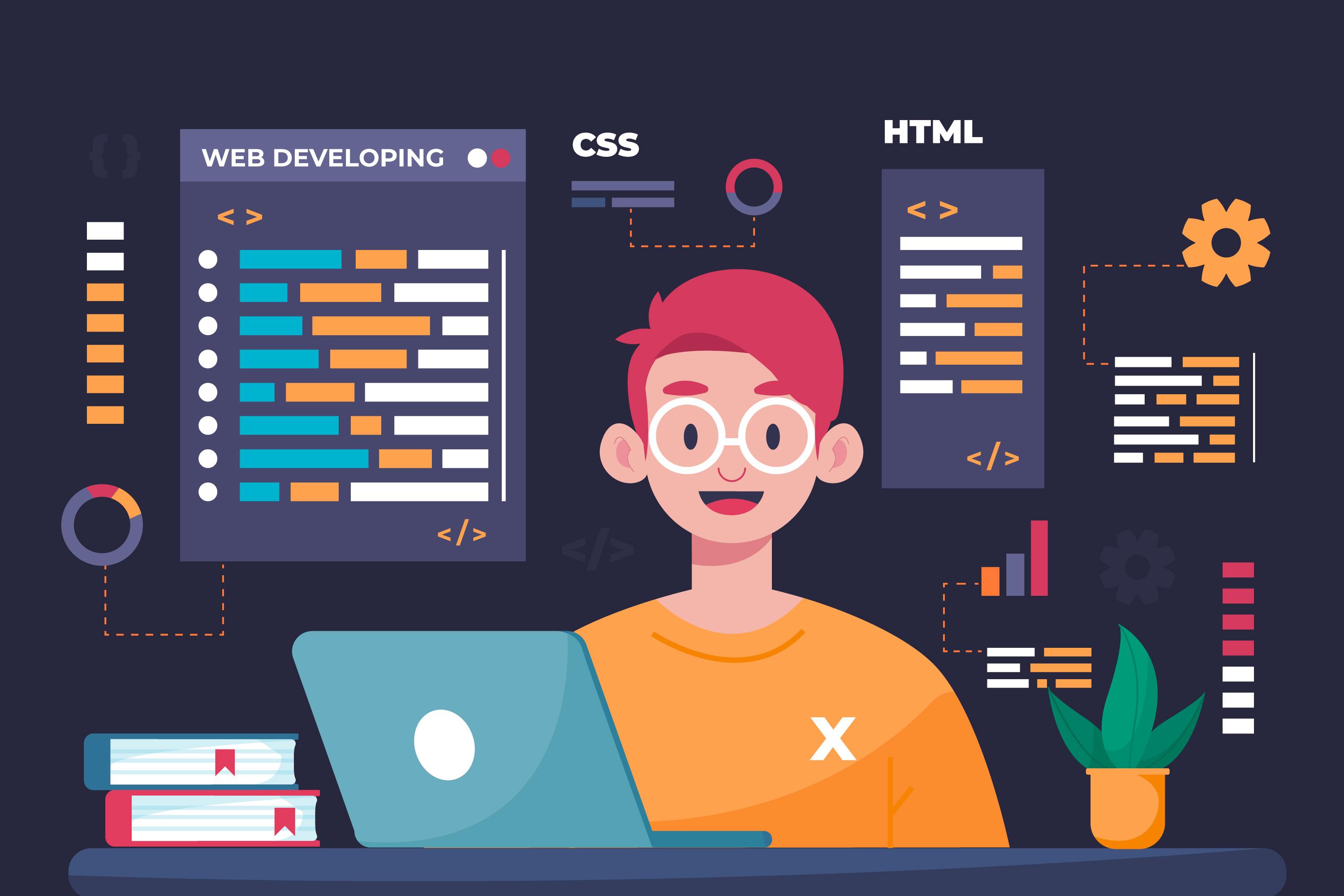The Advantages of a Dedicated Development Team in an Open Market
The Advantages of a Dedicated Development Team in an Open Market
Blog Article
Committed Developers vs. In-House Teams: Which Is Right for You?
The decision between utilizing committed programmers and preserving an in-house team is a substantial one that can affect the trajectory of your jobs and general organization strategy. On the other hand, internal groups contribute to a cohesive company society and a nuanced understanding of long-term objectives.
Comprehending Committed Designers
The growing need for specialized abilities in the tech industry has actually caused the emergence of specialized designers as a practical remedy for numerous companies. These professionals are usually contracted on a task basis, allowing firms to leverage details competence without the lasting commitment related to full time hires. Committed designers are usually ingrained within a client's team, providing adaptability and scalability to fulfill job demands.
This model enables companies to access a global skill swimming pool, which is specifically beneficial in a rapidly advancing technological landscape. Committed designers can be sourced from various geographical areas, making sure that firms can locate the ideal skill established at competitive rates. They often bring a wealth of experience and knowledge, having actually worked on diverse projects across various industries.
Moreover, dedicated designers can focus solely on the jobs available, boosting productivity and performance. They are equipped to incorporate seamlessly right into existing operations, teaming up closely with in-house teams to accomplish task goals. This strategy not just reduces the concern of employment and training but likewise permits companies to remain agile, adjusting swiftly to altering market demands and technological advancements.
Advantages of In-House Teams

Moreover, internal teams tend to have a much deeper understanding of the company's mission, worths, and objectives. This alignment can enhance worker engagement and motivation, as staff member feel extra connected to their work and the organization's success. In addition, having a devoted in-house group enables far better placement of objectives and strategies, as these participants are constantly focused on the firm's priorities.
In-house teams likewise facilitate quicker decision-making procedures, as they can react a lot more swiftly to modifications and challenges. The recognized relationships and familiarity with firm protocols allow for streamlined operations and lowered miscommunication. Ultimately, the mix of a cohesive society, placement with business goals, and efficient communication makes internal teams a valuable property for numerous companies, specifically those aiming to grow long-term development and technology.
Price Considerations
When reviewing cost considerations, both committed designers and in-house teams present distinct financial ramifications for organizations. Involving committed developers generally entails a pay-per-project or hourly price design, which can be economical for organizations with fluctuating project needs. This approach permits versatility in scaling sources up or down, ensuring that companies just spend for the services they require.
On the other hand, internal groups require fixed expenses, consisting of incomes, advantages, and overhead expenses such as office and equipment. While this version provides better control and prompt availability of resources, it might cause higher long-lasting expenses, specifically if the work does not validate a permanent personnel.
Furthermore, business need to consider the surprise expenses related to employment and training of internal workers, which can even more strain budget plans. In some instances, the time and resources spent on managing an internal team can detract from the organization's core organization purposes.

Task Monitoring and Versatility
Project management and flexibility are essential factors that affect the selection between in-house groups and specialized designers. Devoted teams commonly have established procedures for managing jobs efficiently, leveraging particular approaches like Agile or Scrum, which facilitate repetitive progress and flexibility.

Ultimately, the choice in between internal groups and devoted developers depends upon the preferred degree of versatility and the certain project management demands. Firms must examine their functional characteristics, job complexity, and source schedule to figure out which option android app builder straightens finest with their calculated objectives.
Making the Right Choice
Choosing the right development method-- internal teams or specialized programmers-- requires a careful analysis of different elements that line up with a firm's calculated goals. Alternatively, in-house teams can give much better connection and integration with existing personnel.
Following, assess your budget plan. Devoted developers typically offer a cost-efficient option for short-term jobs, while internal groups may sustain higher lasting expenses due to incomes, advantages, and overhead prices. Analyze the degree of control and collaboration wanted; in-house groups normally promote stronger interaction and alignment with business society.
If instant results are essential, specialized programmers can be onboarded rapidly, whereas developing an in-house group takes time for employment and training. If constant advancement is vital, spending in an in-house group might produce much better returns over time.
Verdict
In conclusion, the decision between specialized developers and internal teams pivots on job needs and organizational goals. On the other hand, internal groups grow a cohesive society and much deeper alignment with lasting objectives.
The choice in between utilizing dedicated programmers and maintaining an in-house team is a substantial one that can influence the trajectory of your tasks and general company method.Task administration and adaptability are visit their website vital aspects that influence the option in between internal groups and specialized programmers. software engineering staffing.In comparison, internal groups might excel in preserving a constant task management framework due to their familiarity with the company's society and long-term objectives. Committed developers often provide an economical option for short-term projects, while in-house teams may sustain greater long-term expenses due to wages, benefits, and expenses expenses.In conclusion, the decision in between specialized designers and in-house groups hinges on job requirements and business purposes
Report this page